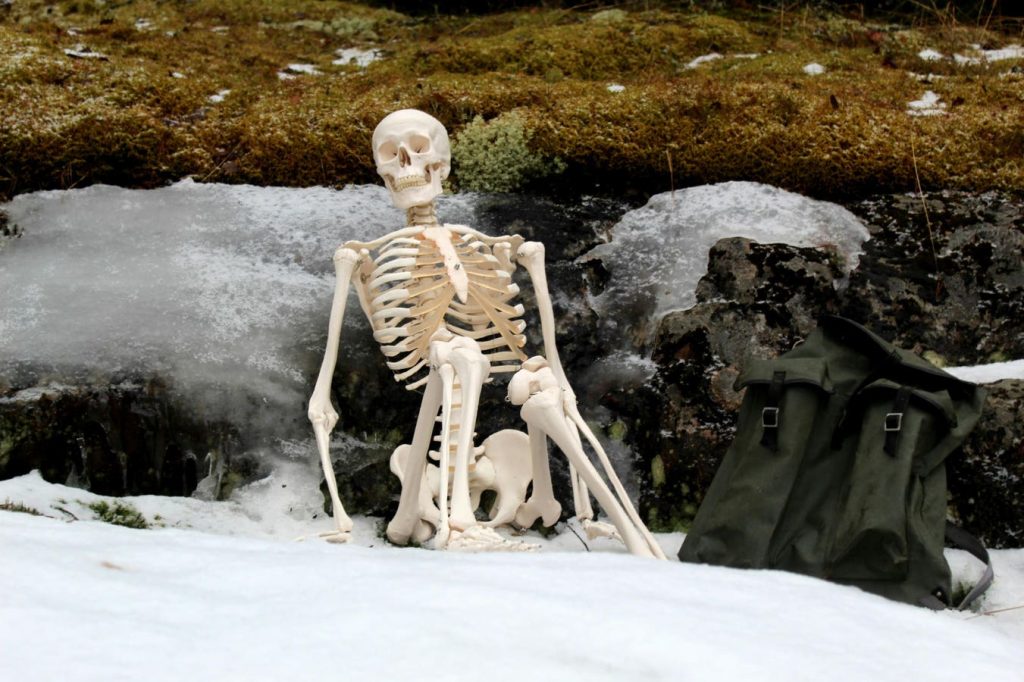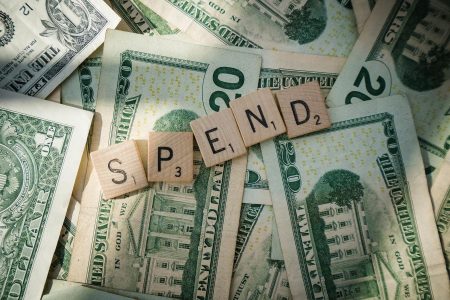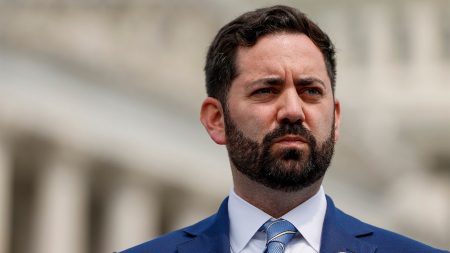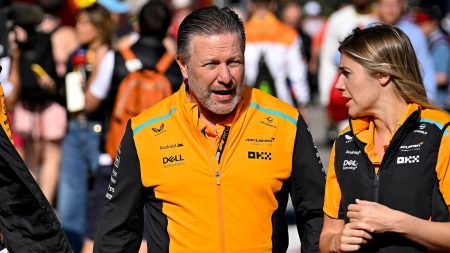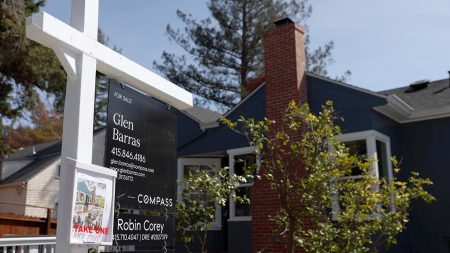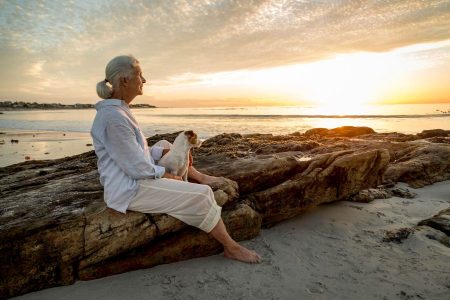Not too long ago, one of my teammates and I talked about watching Alone, a series that follows ten experienced contestants as they attempt to outlast each other in a wilderness environment, foraging, hunting, fishing, building shelters, and relying on their survival skills. Each participant has to film themselves, and whoever is able to last the longest wins prize money.
I remembered a season set in Patagonia and a contestant who was an excellent hunter, gatherer, and food collector. After fishing successfully, he smoked his catch and started stockpiling stores. He was building up his resources to spend 60, maybe 70 days or more in the wilderness on his own.
One of the show’s rules is that a medical team performs a health check on each participant every week or so. Unfortunately for our fantastic fisherman, the medical team extracted him from the contest because his body was shutting down and going into starvation mode. Even though he had sufficient food stores, he was so concerned about consuming it that he was literally starving to death.
Now, as a practicing retirement advisor, I don’t run across too many people wasting away from malnourishment. But I see plenty of folks who have spent their whole lives storing resources for retirement and miss out on life because they worry about the future. Their refusal to consume their resources means they are starving their life experiences.
Some worry for the future is a good thing. We need to think about and plan for what life will look like without the security of a regular paycheck. We don’t want to eliminate the worry, but we do want to manage it.
How can we do this? The best way is to identify the purpose of every dollar in your plan. When you were in accumulation mode, your investment strategy likely focused on returns and growth. Now that you’re entering a phase where you will begin drawing down your investments, shifting focus to life outcomes will be much more critical. Unlike the contestant in our Alone episode, we must know when to use our resources so that we don’t suffer from an undernourishment of our retirement dreams. For that reason, a well-designed retirement portfolio consists of three layers:
- A contingency fund. You can also consider this your emergency fund. These assets should be invested in something liquid and easily accessible. Think money market funds and high-yield savings accounts. Heck, you can even put them under your mattress! A contingency fund allows you to take advantage of financial opportunities or cushion unexpected expenses.
- An income floor. These assets fund your near-term spending in retirement, anywhere from 2 to 5 years (you could even go out to 15 years if you are ultra-conservative ), supplementing income from sources like Social Security or part-time work. Again, you want to focus on the return of your money for these assets rather than the return on your money. Some appropriate choices might include CDs, individual bonds, or fixed annuities.
- An upside or growth portfolio. This final allocation fights inflation and builds capital for the future. These are monies you do not need to access for at least the length of your income floor. Unlike the other layers, you will want to look closely at returns for these assets and consider them more like an accumulation portfolio.
Listeners of The Retirement Answer Man podcast know that I like to refer to this type of portfolio as a pie-cake. You have multiple allocations, or pies, each with a separate timeline. No going hungry with a pie-cake as long as you know when to eat a piece!
Whether you’re doing your own planning or working with an advisor, verify that your process assigns a purpose to every dollar in your portfolio. Clarity leads to confidence. Confidence means less stress, which is something we all want in retirement.
The resources you’ve worked so hard to stockpile are meant to fuel your life. Now, go live it!
Read the full article here



